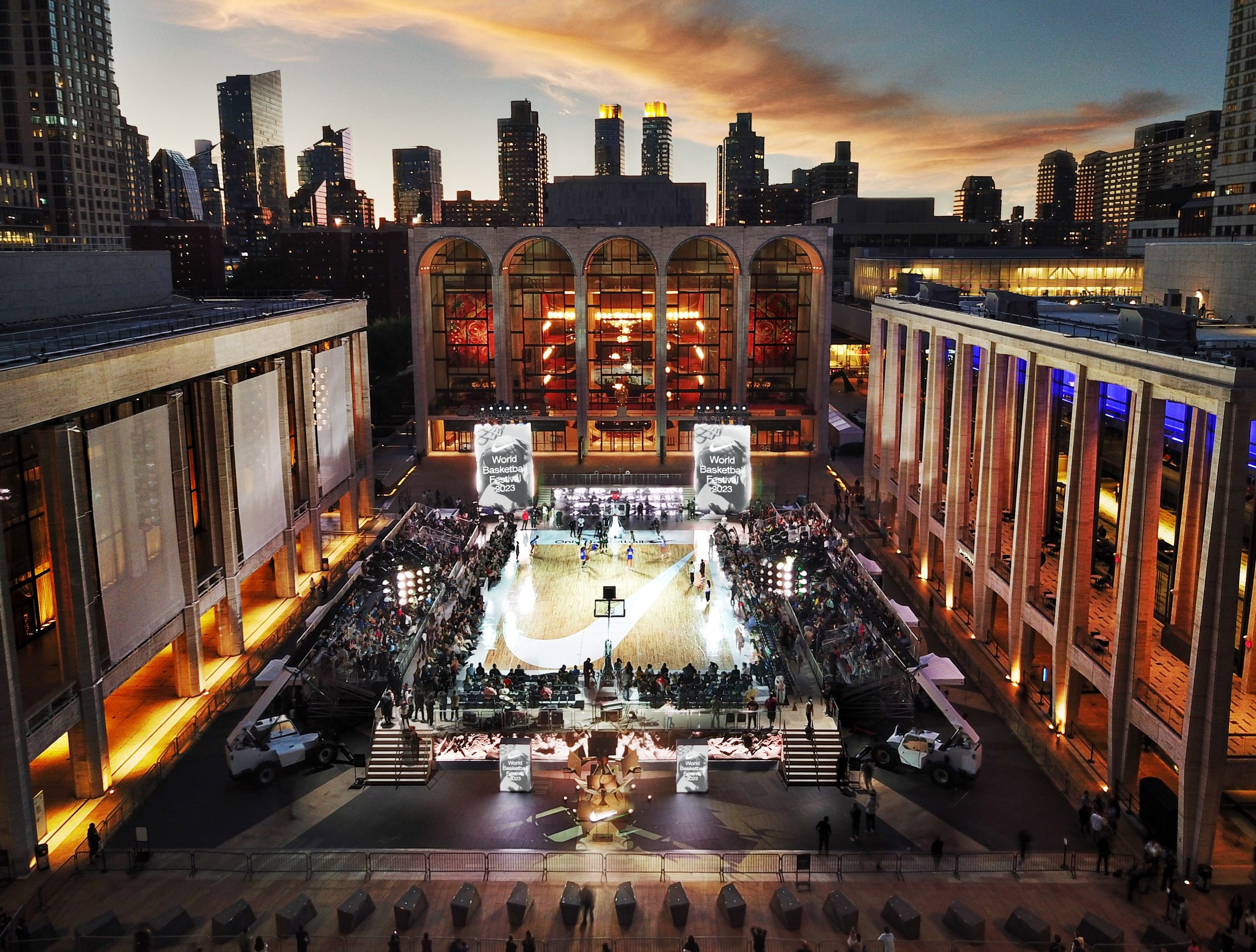Transforming Spectator Engagement Through Engaging VR Encounters within Live Performances
Transforming Spectator Engagement Through Engaging VR Encounters within Live Performances
Blog Article
In recent years, digital VR has become a powerful instrument for enhancing viewer engagement in live performances. This innovation enables audiences to immerse themselves in a three-dimensional setting, creating a distinct encounter that traditional media cannot duplicate. Through utilizing VR, creators can move audiences into the heart of the action, causing them feel as if they are part of the show. This groundbreaking approach not only captivates audiences but also opens up new opportunities for narrative and engagement.
One of the key advantages of employing VR in live performances is the capability to create a more interactive experience. Audiences can interact with the performance in the moment, shaping the outcome or exploring different perspectives. For example, in a stage production, viewers using VR goggles can select to pursue particular characters or segments, enabling them to tailor their encounter. This degree of engagement fosters a more profound bond between the viewers and the show, rendering it even unforgettable and significant.
Additionally, VR technology can enhance the visual and sound elements of a real-time performance. With high-quality visuals and audio engineering, creators can create breathtaking settings that attract audiences in. This immersive quality can raise the overall encounter, making it more captivating and pleasurable. For example, a concert can be transformed into a multi-sensory encounter, where audience members experience as if they are standing in front with the artists. Such enhancements not only attract larger audiences but also encourage repeat attendance, as viewers seek to relive the excitement.
Alongside enhancing viewer involvement, VR can also offer valuable insights for producers. Through examining how audiences engage with the virtual setting, producers can gather information on audience likes and behaviors. This data can inform future productions, helping to customize content to better meet the demands and wants of the audience. As a consequence, VR not only enhances the present encounter but also contributes to the development of live productions as a whole.
With the technology continues to evolve, the potential for VR in real-time performances is immense. From stage shows and concerts to sports competitions and festivals, the opportunities are limitless. By adopting this cutting-edge method, creators staging for live comedy shows can revolutionize the way audiences experience real-time performances. With an increasing number of creators explore the integration of VR, it is probable that we will witness a change in how shows are crafted and delivered, ultimately leading to a more immersive and participatory future for live performances.